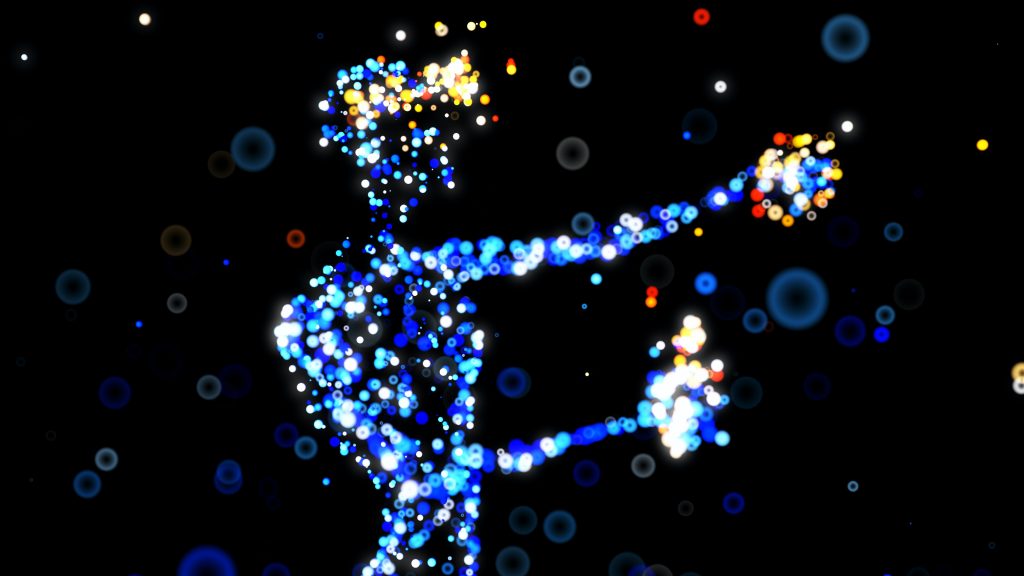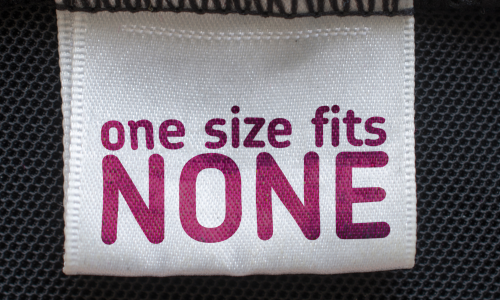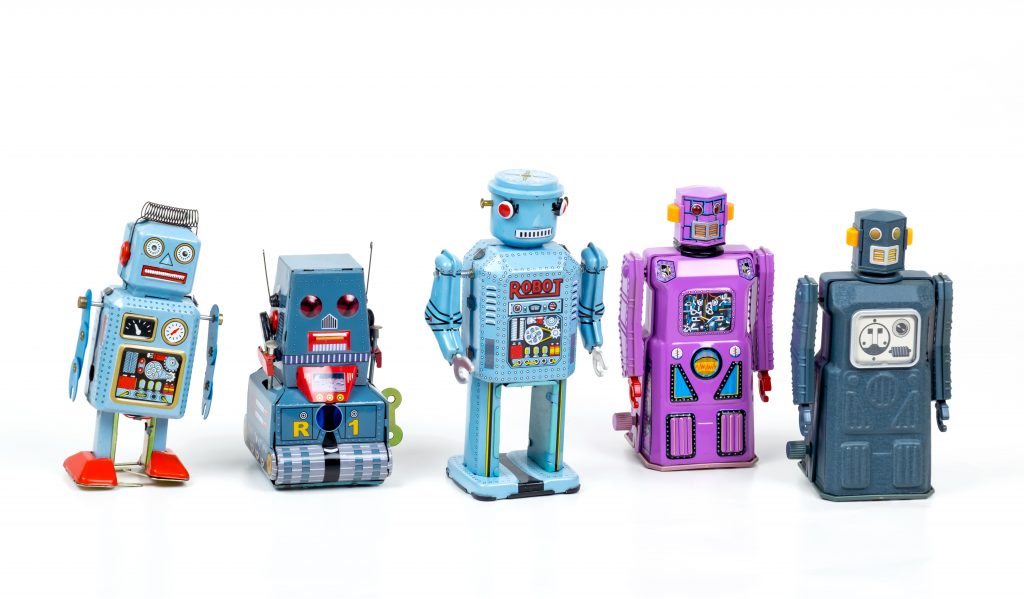Free snacks, lunchtime yoga and foosball tables once signalled ‘we are a hip, fun workplace’. But in today’s work-from-home’ world, office-bound inducements offer little benefit, and say even less about your Employee Value Proposition.
The turbulence of the past 18-months has not only transformed the way we work but has had deep and lasting impact on what people want and value from their employers.
As leaders re-examine their approaches to wellbeing, people development and even the very concept of ‘the office’ itself, we explore three of the biggest – and most painful – lessons of the pandemic and what leaders will need to do differently to remain future-fit.
Painful Lesson 1 – Learning osmosis is at risk
Remote working is here to stay but knowledge transfer has suffered in the virtual environment. Not only is onboarding and developing staff more challenging, but the lack of serendipitous interactions in the physical workplace is stymying innovation and true connection.
Compounding the issue, many businesses are turning to contractors in greater numbers to avoid taking on permanent hires. Robust knowledge management platforms, onboarding processes and collaboration tools take on heightened importance to ensure this segment of the workforce can hit the ground running.
Virtual meetings are an ineffective proxy for knowledge transfer or creative thinking; data shows that while the average number of meetings increased by 13% during the pandemic, collaboration and innovation decreased.
A failure to find new and meaningful ways to create creative encounters between employees will have long term impact on business performance and profitability. Leaders must, find new and meaningful ways to re-engineer creative encounters particularly as they explore hybrid work options moving forward.
Our Solution: Leaders need to rethink how they intentionally engineer development into the work of the team to drive the learning osmosis that once occurred by virtue of occupying the same physical workspace.
As a starting point, Peta Karunaratne, Founder of The Karuna Collective, recommends managers set a clear developmental intent (technical and/or leadership-based) for the final Quarter of 2021: “It’s about taking a very deliberate approach to how the team meets, collaborates and solves problems. The aim is to design the learning into the work itself.”
Peta suggests forming Learning Triads. “Within the threesome, individuals share their respective developmental intent for the month, then have regular peer-coaching sessions to reflect on how they have progressed against the intent, and how others observed you showing up.”
“Work is the best playground for development,” explains Peta. “The more you normalise and hold the team accountable for that learning, the less pressure there is on leaders to be cornerstone to development.”
Painful Lesson 2 – Productivity can’t be solved by focusing on individual performance alone
Technology presented short term fixes for monitoring and managing productivity but a focus on individual performance risks falling behind on team projects where the greatest business impacts are generated.
While some businesses noted productivity metrics spiking in the early days of the pandemic, these gains were typically achieved at the expense of individuals’ work-life balance, now playing out in a crisis of employee resignations and burnout.
Sobering too that those early productivity peaks were rarely accompanied by true innovation – the type of disruptive thinking that only comes by incorporating a diversity of perspectives.
Trust has been the other casualty of some business’ over reliance on data and tools to assess productivity. According to Peta, “Companies that implemented quick fixes like email, video conferencing or even keystroke monitoring tools, quickly found employee trust eroding.”
“Organisations need to be transparent about what is being monitored, how that data will be used, and for what purpose,” Peta adds.
Peta believes few humans work optimally in isolation, nor is their greatest creativity found in front of the screen and thus team contribution and impact should be the focus over individual productivity initiatives.
Our Solution: Doubling-down on developing the team’s collective leadership capabilities will enhance much needed connection and stimulate creativity. This is critical for amplifying change and rebooting the innovation agenda as we move forward.
On measuring productivity, Peta believes the conventional KPIs are overdue for a refresh: “Productivity measures should be less about individuals’ interaction with technology and tools, and more about their contribution and impact, underpinned by a trust to deliver whilst managing their personal energy management and flow.”
Work no longer needs to look like eight hours in front of a computer screen. Peta recommends: “Talk to your team and discuss how and when they (and you!) work best; when they have energy; when they are most in flow; and help them structure the day and work of the team to achieve that.”
Painful Lesson 3 – Ignore your employee value proposition at your peril!
The ‘Turnover Tsunami’ is already biting overseas as waves of employees voluntarily enter the market with goals to ‘downshift’ and reclaim their time and wellbeing.
While ongoing lockdowns may have stalled local turnover temporarily, Australian businesses have never been under more pressure to balance their commitment to shareholder value, with their responsibility for managing the wellbeing of their people.
Conventional models for assessing and building a great employee value proposition were on shaky ground even before the pandemic. Data shows employee engagement hasn’t improved tangibly since 2016 – despite significant investment in People & Culture initiatives.
“People are re-evaluating their values and priorities,” says Peta.
“Looking after mental health, spending less, and decoupling identity from occupation, mean organisations will need to radically reimagine their Employee Value Proposition if they are to avoid the costly fallout of high turnover.”
Our Solution: Radical workplace upheaval is required to build great culture aligned to strategy, yet few CEOs, let alone the People & Culture teams tasked with delivering the transition, are prepared.
As we cautiously enter a post-pandemic phase, now is the optimal time to undertake a culture diagnostic. Led through independent conversations with your people about how it truly feels to work with your organisation is important to establish a baseline and from there, develop the change agenda.
Start by taking the pulse advises Peta: What is rewarded around here? What is prioritised? What is motivating? What’s not being discussed? What’s the level of trust feel like?
“It’s about using those conversations to tear down and co-create, in dialogue and design, the structures, frameworks and culture that meets employees needs for greater connection, purpose and wellbeing.”
Need help reimagining what’s possible for your people and culture?
If the lessons above feel uncomfortably familiar, The Karuna Collective can help. We work with clients to redesign the way people work, develop and lead. Whether you’re after a cultural diagnostic, a refreshed employee value proposition, executive team coaching, or collective leadership development, get in touch.






